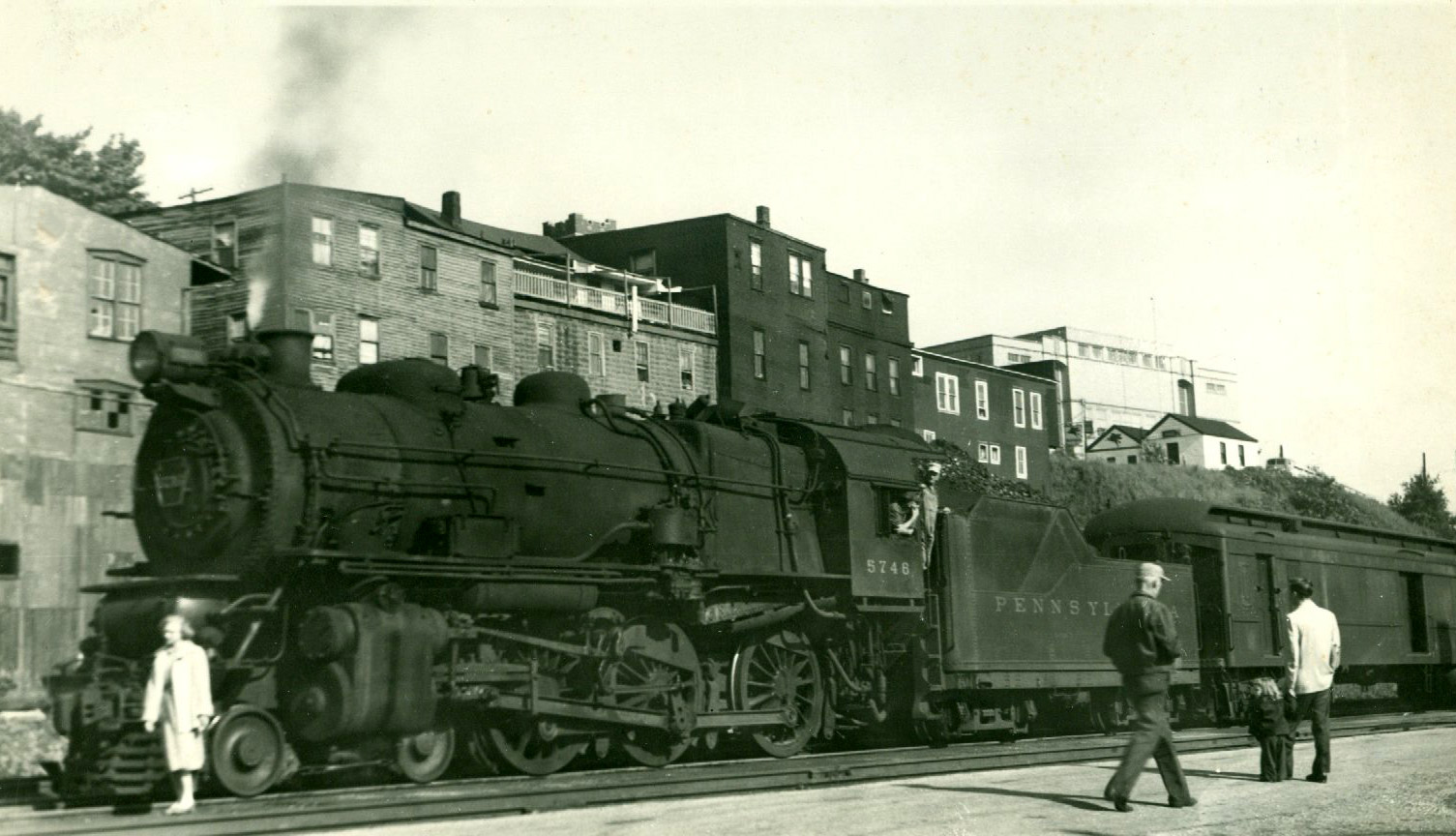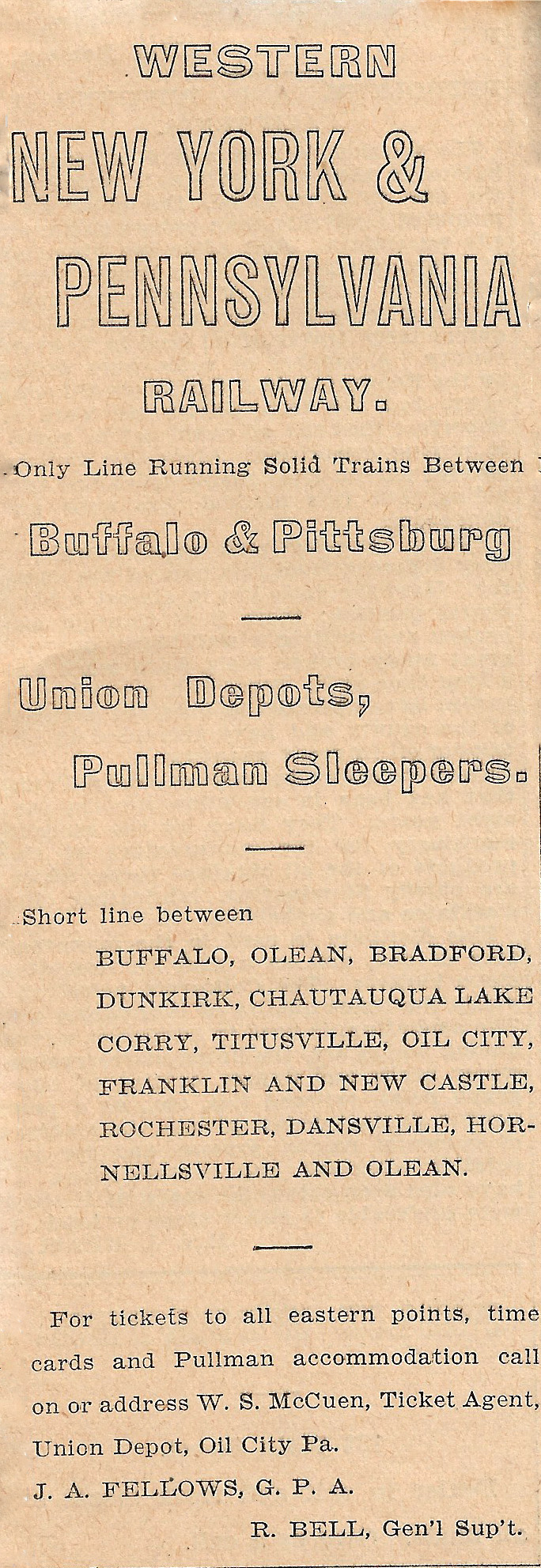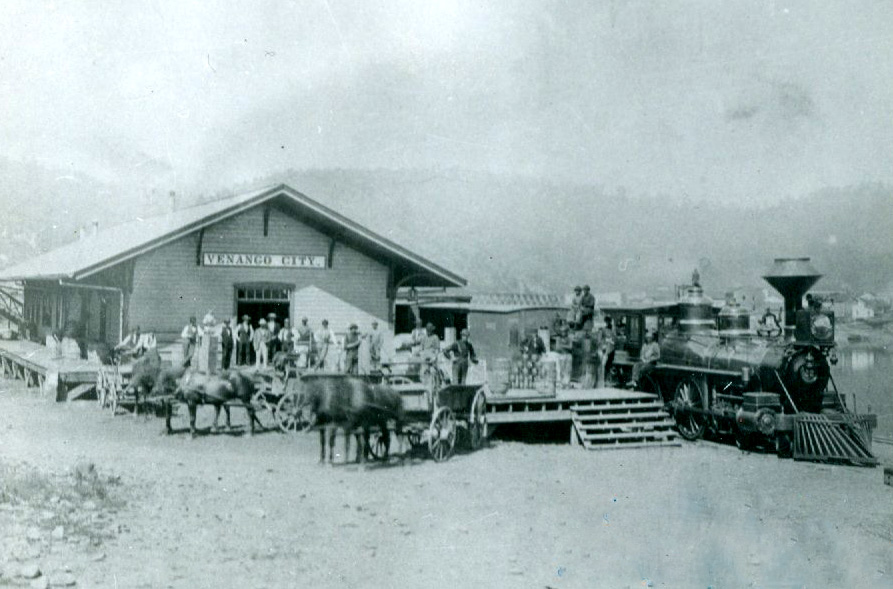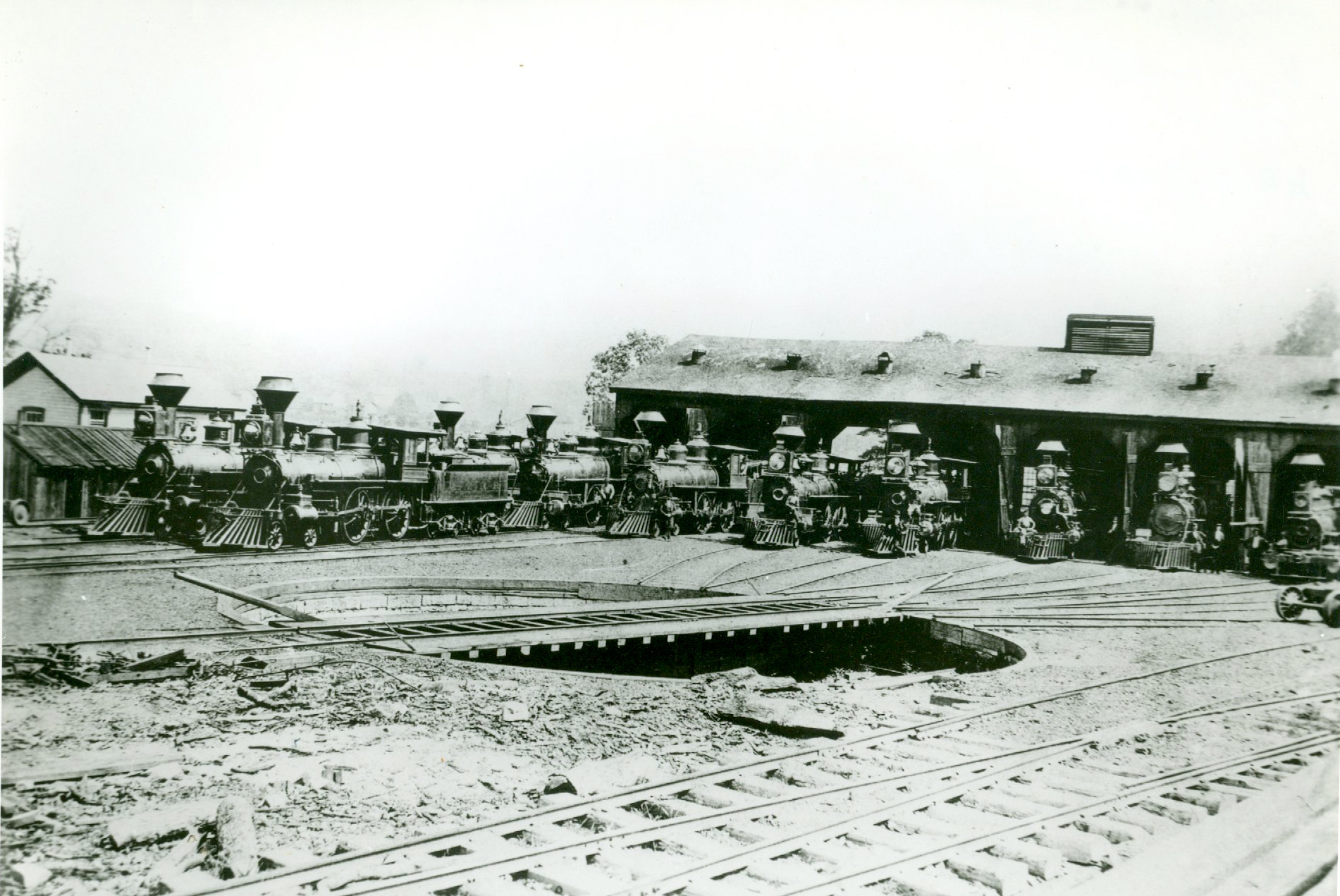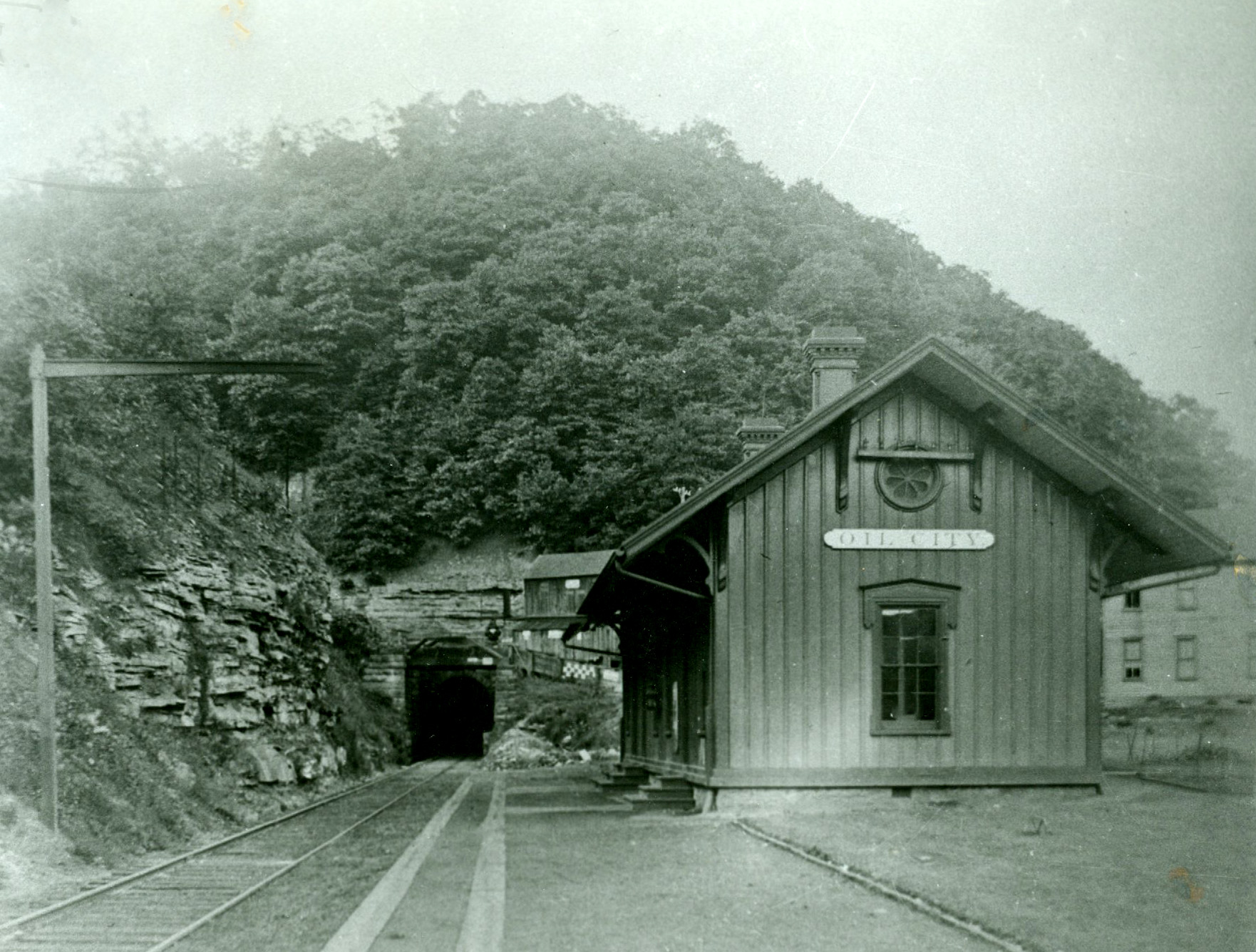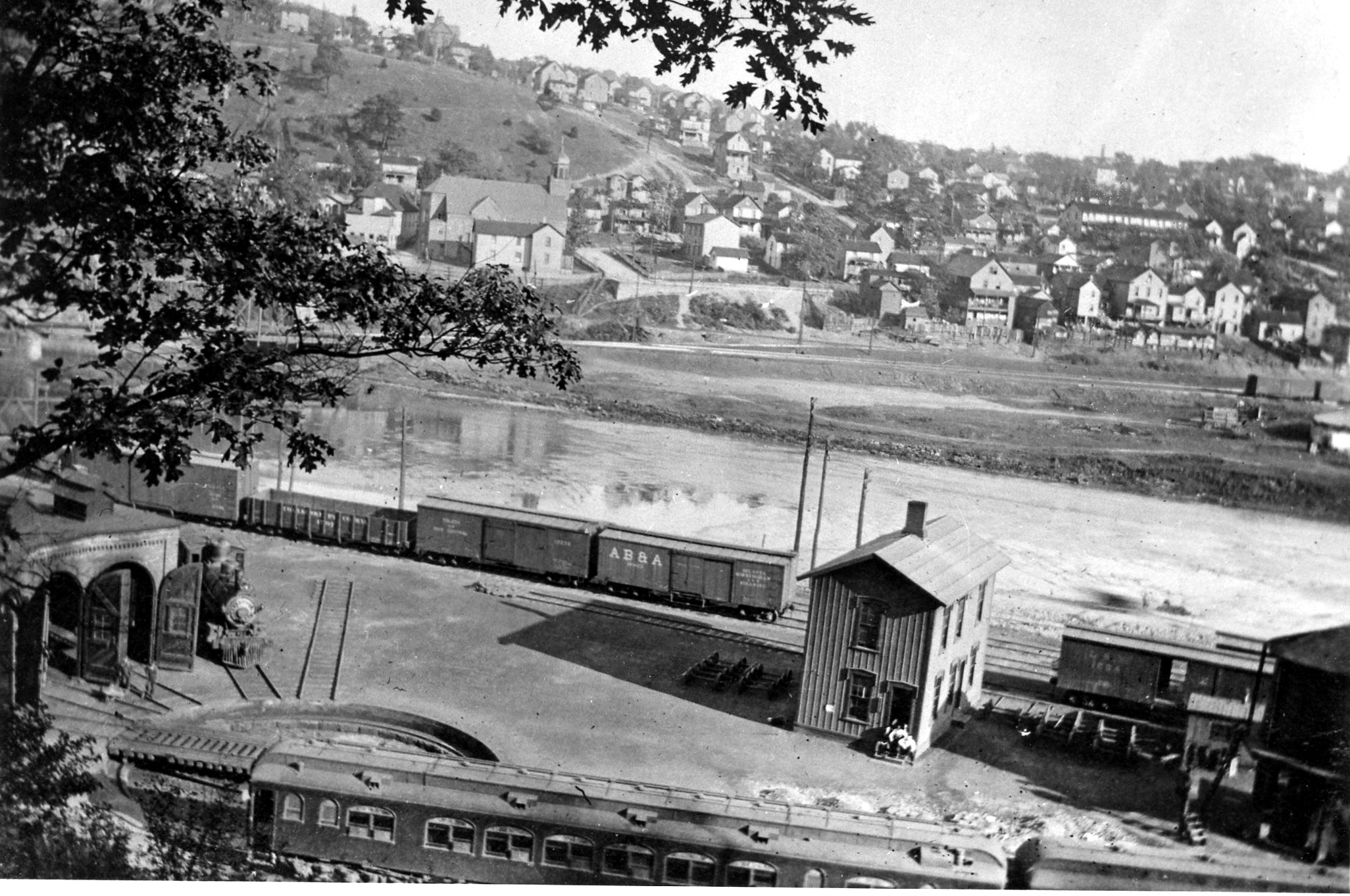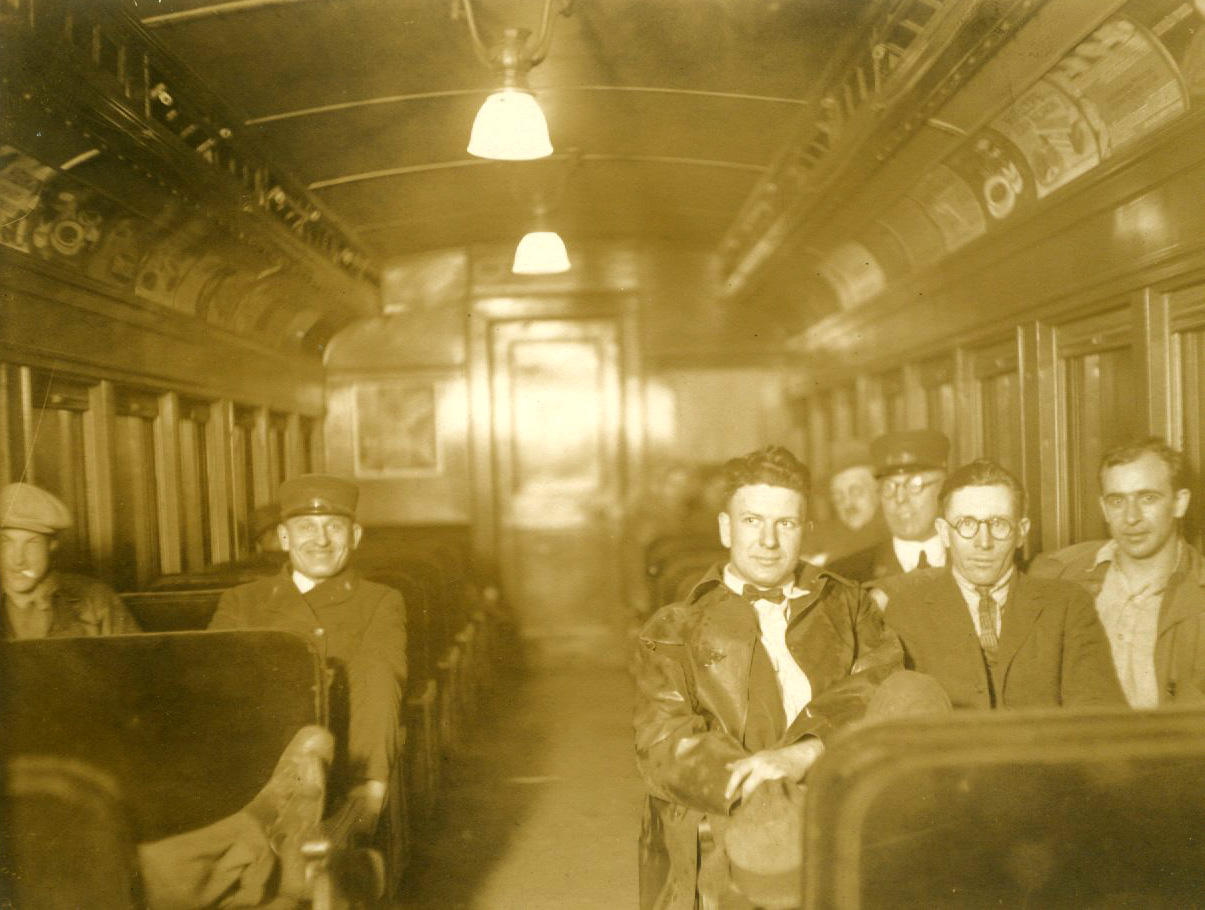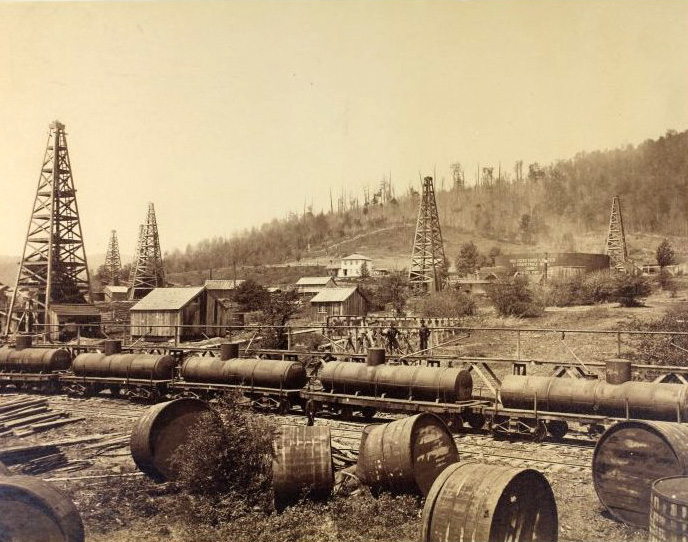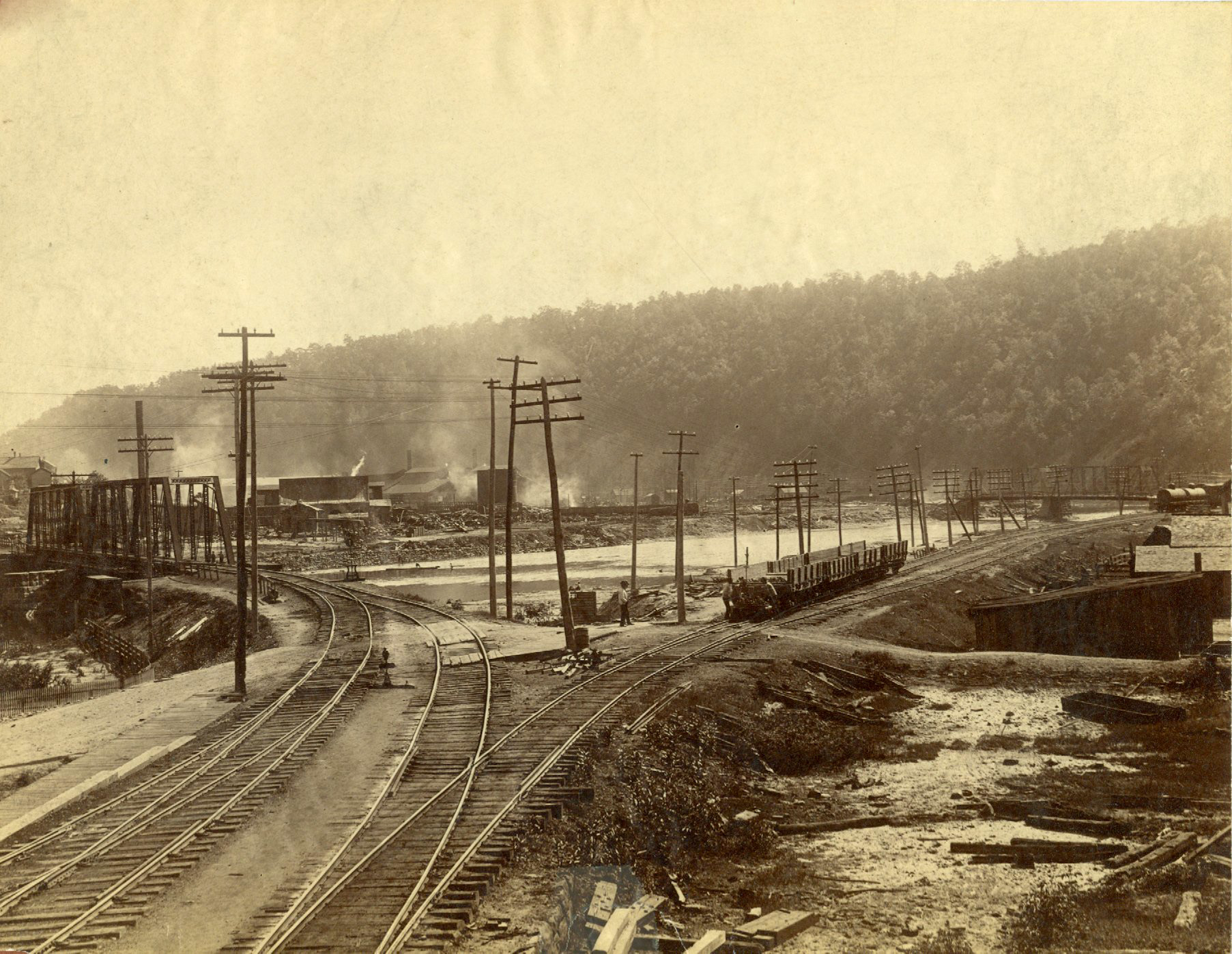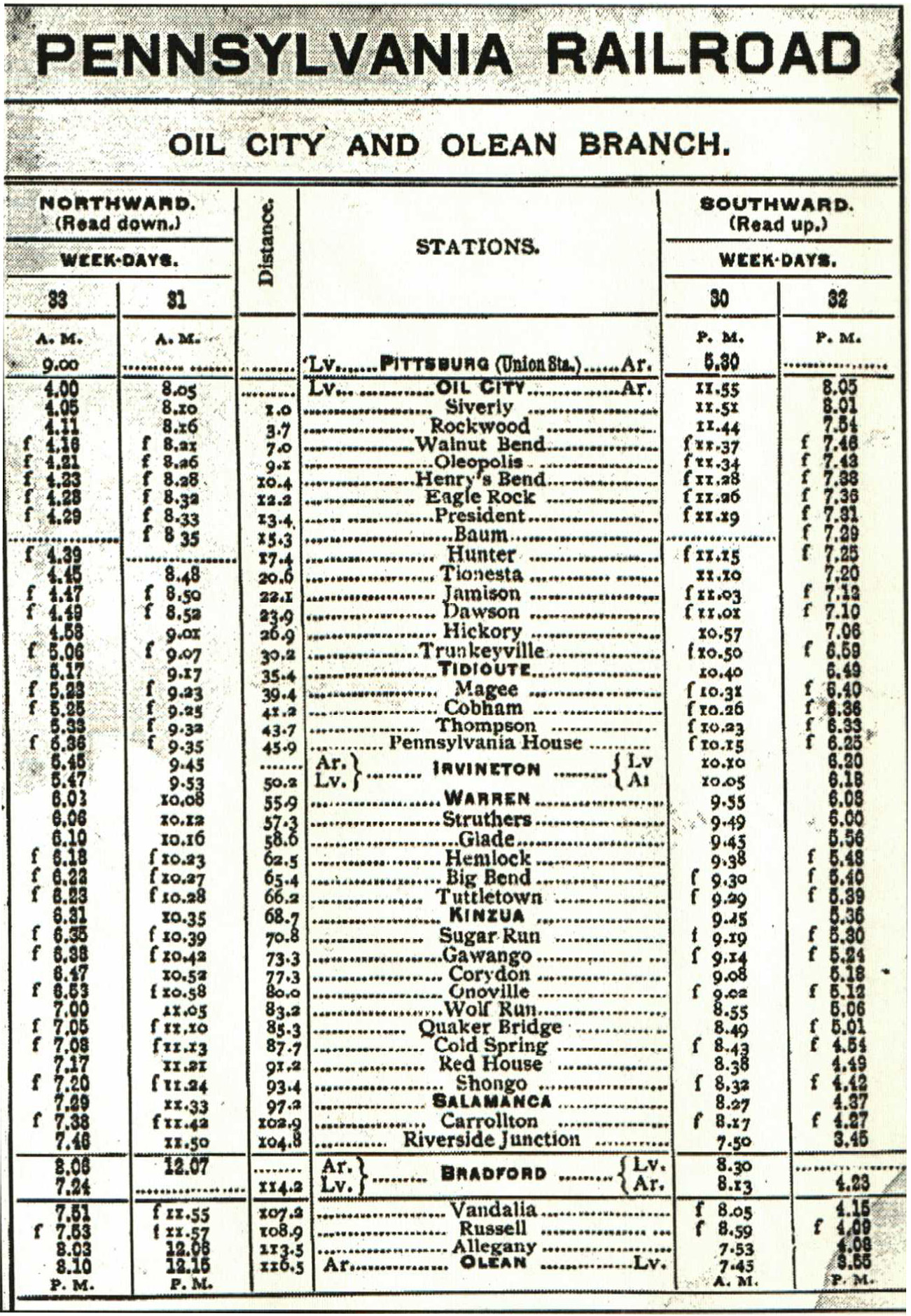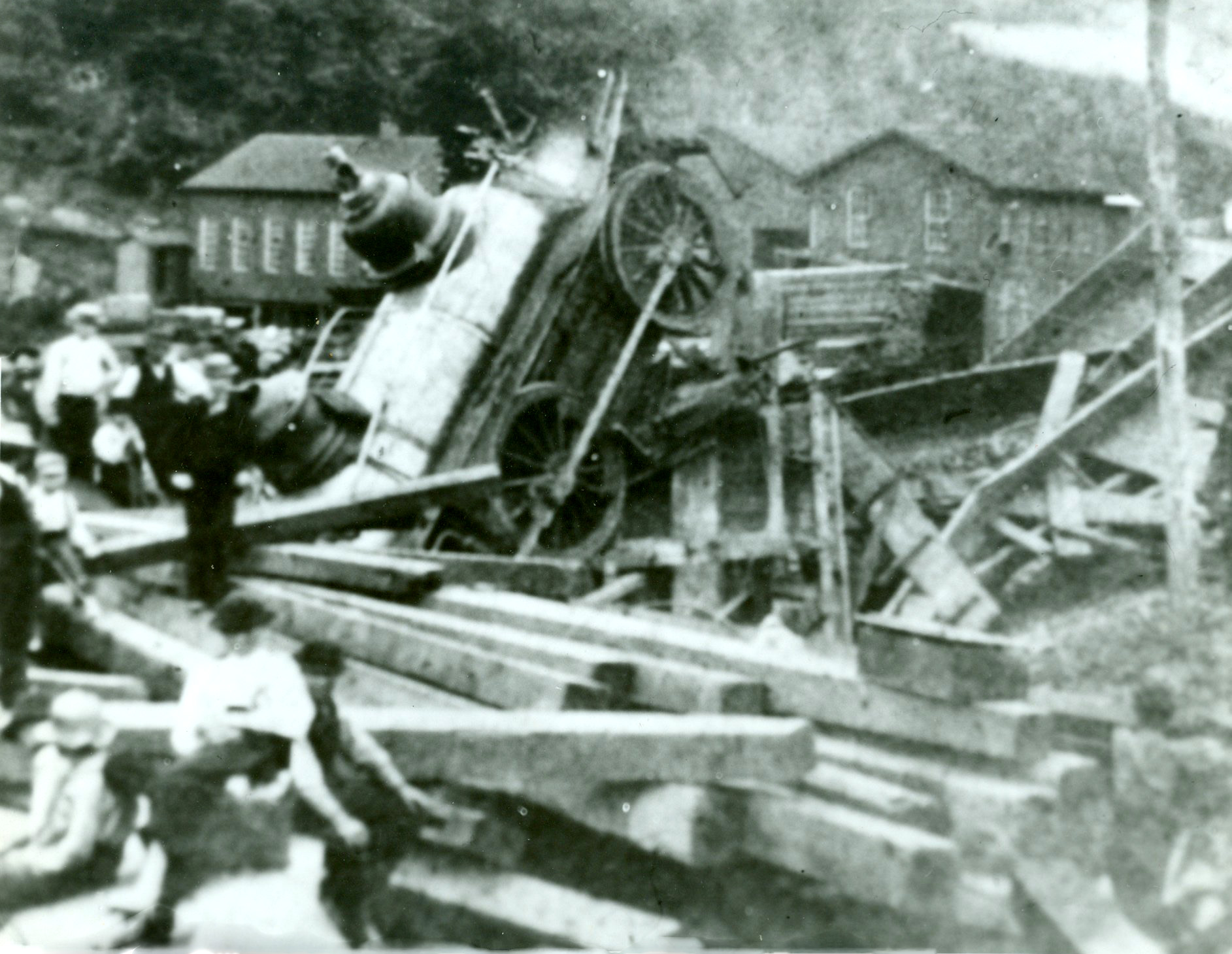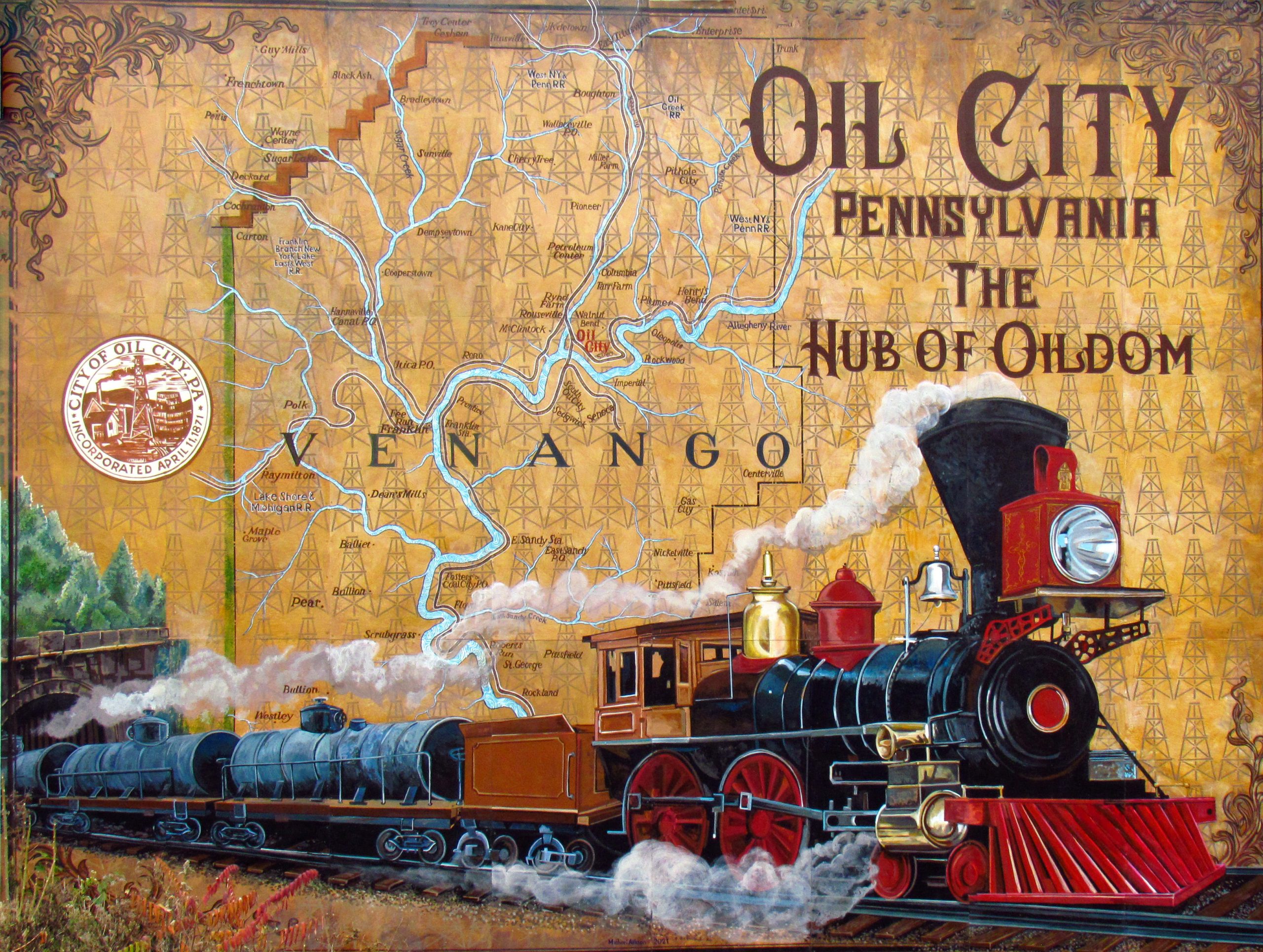Oil City Trains
- Judy Etzel
- May 13, 2022
- Hidden Heritage
- 6274
For decades, Oil City was a railroad hub for both freight trains and passenger trains.
The rail service was essential to transport petroleum products, timber, coal, household goods, steel, iron, livestock, food and produce, and much more to and from the thriving city. Passenger service was provided by more than half a dozen major rail lines that had Oil City as a prime stopping spot enroute to Chicago, Philadelphia, Pittsburgh, and New York City. More than a dozen railroads provided daily passenger service to and from Oil City.
In all, nearly two dozen trains, freight or passenger, stopped in Oil City each day during the oil boom heyday.
Oil City had three major rail lines – the WNY&P, the Lake Shore & Michigan Southern, and the Allegheny Valley railroads – by the early 1920s. Three more lines – the Pennsylvania, Erie & New York, and Central – would eventually provide service to and from the city. The rail systems took on a variety of names over the years due to consolidations.
There were three roundhouses in Oil City. They were located in the East End, along Spruce Street on the North Side, and along Oil Creek near the current Agway store. All three roundhouses had circular turntables where repairs and turn-arounds could be made.
The city was fond of boasting that “fresh (restaurant) oysters got to Oil City faster than the U.S. mail” in the late 1880s, a period in which the community was enjoying great fortune as the Hub of Oildom.
Oil City residents could enjoy special outings to Allegheny River communities via train during the summer. Trains for picnickers, fishermen, tourists and others made three round trips a day up and down the river from Oil City to Tionesta.
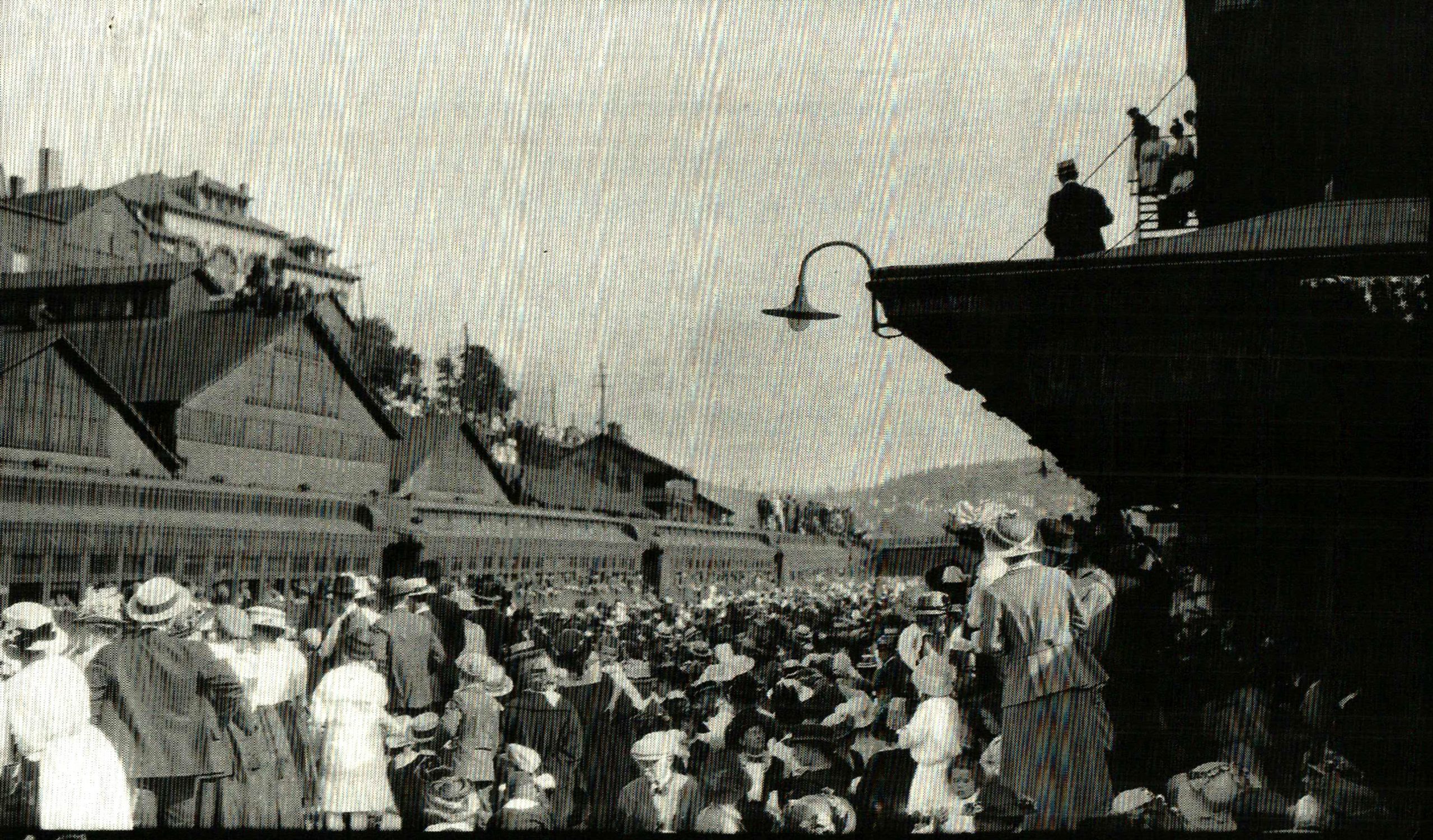
Daily passenger train service in Oil City ended in June 1953 when the Pennsylvania Railroad announced it would discontinue its Oil City-to-Corry run, known as “the Corry Jerk”.
While it was the last passenger train for the city, a limited freight rail service continues within the city.
Written by Judy Etzel with research by Kay Dawson and design by Natalie Cubbon.
HIDDEN HERITAGE IS SPONSORED BY:
Oil Region Alliance
Gates & Burns Realty
Support This Project
Donations to the library are appreciated to help offset printing costs & make this project possible! Want to become a sponsor? Email us at promotions@oilregionlibraries.org to get started!
Make a Donation
